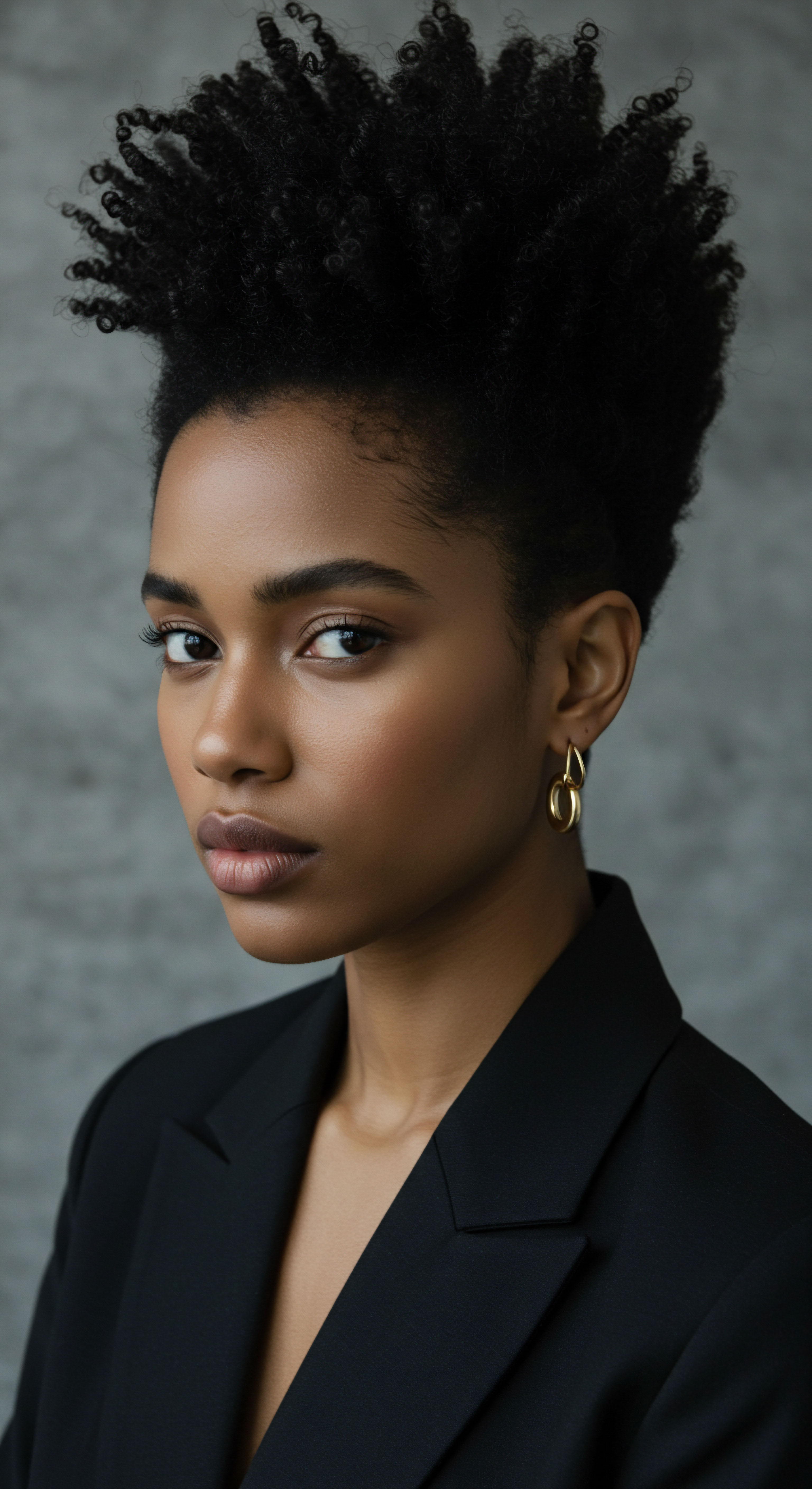
Roots
The whisper of ancient traditions often finds its voice in the simplest elements of our world. For textured hair, this connection runs particularly deep, linking modern care to practices steeped in time. Among these, the use of henna for hair stands as a testament to enduring wisdom, a practice that transcends mere aesthetics to touch upon culture, healing, and personal expression. It is a story not just of color, but of deep reverence for the earth’s offerings and the profound relationship humanity has always held with its own beauty.
From the sun-drenched lands of North Africa and the Middle East to the vibrant expanses of South Asia, the henna plant, known scientifically as Lawsonia Inermis, has held a place of honor for millennia. Its story begins in the very cradle of civilization, with evidence pointing to its presence in ancient Egypt as far back as 3400 BCE. Here, the plant’s cooling properties were initially prized in scorching desert climates, leading to its application on skin, nails, and even hair. Beyond its practical benefits, Egyptians saw henna as a symbol of vitality and protection, utilizing it in daily life and in solemn burial rituals, where mummies were adorned with henna-stained nails and hair, perhaps to ensure a safe passage into the afterlife.
The very act of preparing henna, transforming dried leaves into a rich paste, speaks to a foundational understanding of natural chemistry. The plant contains a copper-colored dye molecule called Lawsone, which, when released slowly through crushing and mixing with water or acidic liquids, binds to the keratin in hair, skin, and nails. This remarkable interaction forms the basis of its enduring legacy as a natural dye.
Henna’s ancient story is one of practical use and profound cultural significance, rooted deeply in the early civilizations of warm climates.
As civilizations grew and trade routes expanded, henna’s presence spread across continents, adapting to local customs while maintaining its core essence. In India, it became known as “mehndi,” holding immense cultural weight, especially in bridal adornment, symbolizing love, joy, and prosperity. The Arab world, too, integrated henna into celebrations, seeing it as a symbol of blessings and a marker of significant life events. This widespread adoption highlights not just its cosmetic appeal, but its ability to become deeply embedded in societal rituals and individual identity across diverse regions.

Henna’s Early Applications and Beyond
The initial uses of henna stretched far beyond mere hair coloring. Its practical applications were as diverse as the communities that embraced it.
- Medicinal Use ❉ Ancient texts, such as the Ebers Papyrus from 1550 BCE Egypt, mention henna as an ingredient in remedies for various ailments. Its natural antiseptic and anti-inflammatory properties made it suitable for treating skin conditions, alleviating headaches, and even cooling the body. Some traditional practices used it for issues like athlete’s foot, dandruff, and wound healing.
- Body Adornment ❉ While hair coloring was significant, henna’s use in temporary body art, particularly on hands and feet, was also prevalent. This ranged from simple finger-dipping to intricate designs, each carrying cultural meaning and often signifying celebration, protection, or status.
- Material Dye ❉ Beyond human adornment, henna was employed to dye fabrics like silk, wool, and leather, showcasing its versatility as a natural coloring agent. This utility speaks to a time when natural resources were meticulously utilized for every possible need.
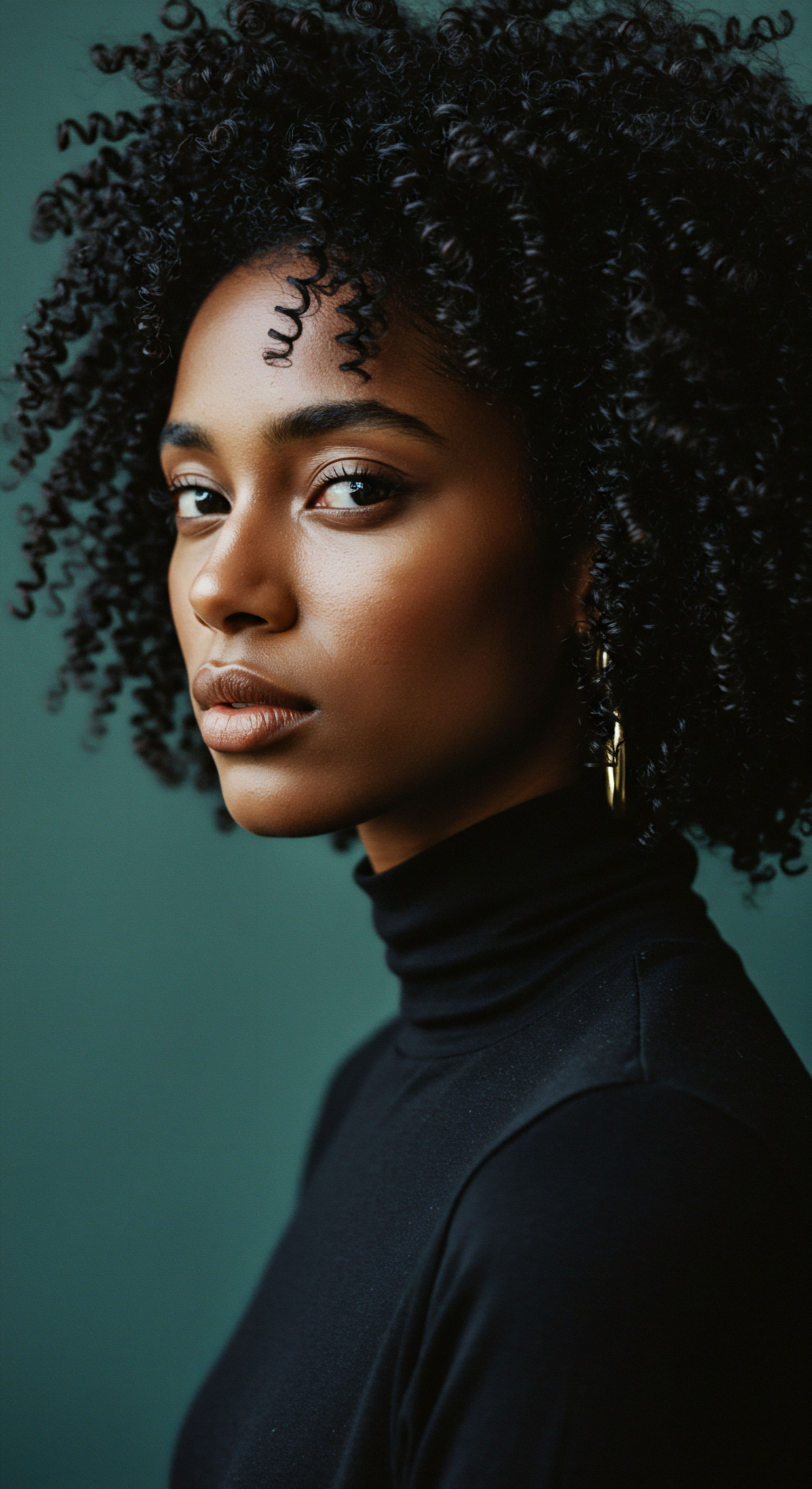
How Did Early Civilizations Prepare Henna for Hair?
The preparation of henna for hair in ancient times was a meticulous process, often passed down through generations. It began with the careful harvesting of the leaves from the Lawsonia inermis plant.
Once gathered, the leaves were dried, typically away from direct sunlight to preserve the dye content. This drying process was crucial, as it concentrated the lawsone molecule responsible for the color. After drying, the leaves were traditionally pounded into a fine powder using mortars and pestles. The fineness of this powder was important for a smooth paste and optimal dye release.
The powdered henna was then mixed with various liquids to create a paste. Water was the most common base, but other ingredients were often added to enhance the color, prolong the stain, or add conditioning benefits. Common additives included:
- Lemon Juice ❉ Its acidity helps to release the lawsone dye, resulting in a richer color.
- Tea or Coffee ❉ Brewed tea or coffee could deepen the reddish tones or add subtle variations to the final shade.
- Essential Oils ❉ Oils like eucalyptus or lavender were sometimes incorporated, not just for their aroma, but also believed to enhance dye uptake and longevity.
- Coconut Oil ❉ In some Indian traditions, coconut oil was added, known for its conditioning properties for hair and scalp.
After mixing, the paste was typically left to rest for several hours, or even overnight, allowing the dye to fully release and mature. This resting period was vital for achieving the desired color vibrancy. The resulting paste, thick and earthy, was then ready for application, whether for ceremonial purposes or regular hair care.
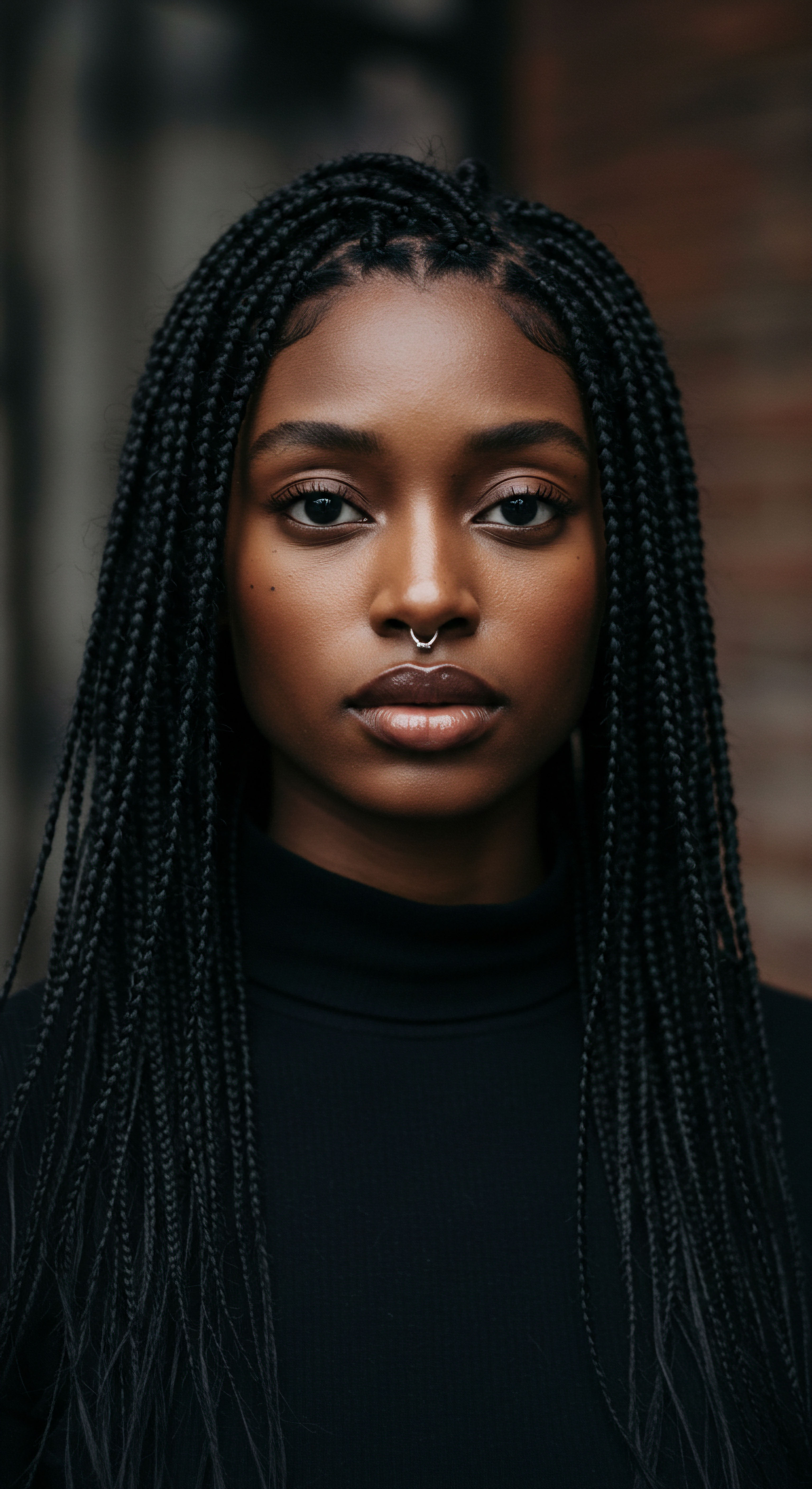
Ritual
Stepping from the quiet contemplation of henna’s origins, we arrive at the living practice—the rituals that have shaped its use for hair across countless generations. It is here, in the rhythmic application and the shared moments, that henna truly transcends its botanical form, becoming a medium for connection, celebration, and self-care. This is where ancient knowledge meets personal touch, transforming a simple plant into a profound experience.
The application of henna for hair is not merely a cosmetic routine; it is, and has long been, a ritual steeped in cultural significance and personal meaning. Across various societies, particularly in South Asia, the Middle East, and North Africa, henna hair application was often integrated into rites of passage and celebrations. For instance, in many Muslim traditions, men would use henna to dye their beards, a practice considered sunnah, a commendable tradition of the Prophet Muhammad, often to differentiate themselves or cover graying hair. Women, too, would apply it for everyday beauty, as well as for special occasions.
The preparation of the hair before henna application often involved cleansing rituals, sometimes with traditional herbs or washes, to ensure the hair was receptive to the dye. The application itself was often a communal affair, particularly for women, involving family members or specialized artisans. This shared activity reinforced social bonds and transmitted knowledge from older generations to younger ones. The very act of applying the cool, earthy paste to the scalp and strands could be a meditative experience, a moment of self-care and connection to ancestral practices.
Henna application for hair transcends mere coloring, serving as a deeply communal and personally significant ritual across diverse cultures.
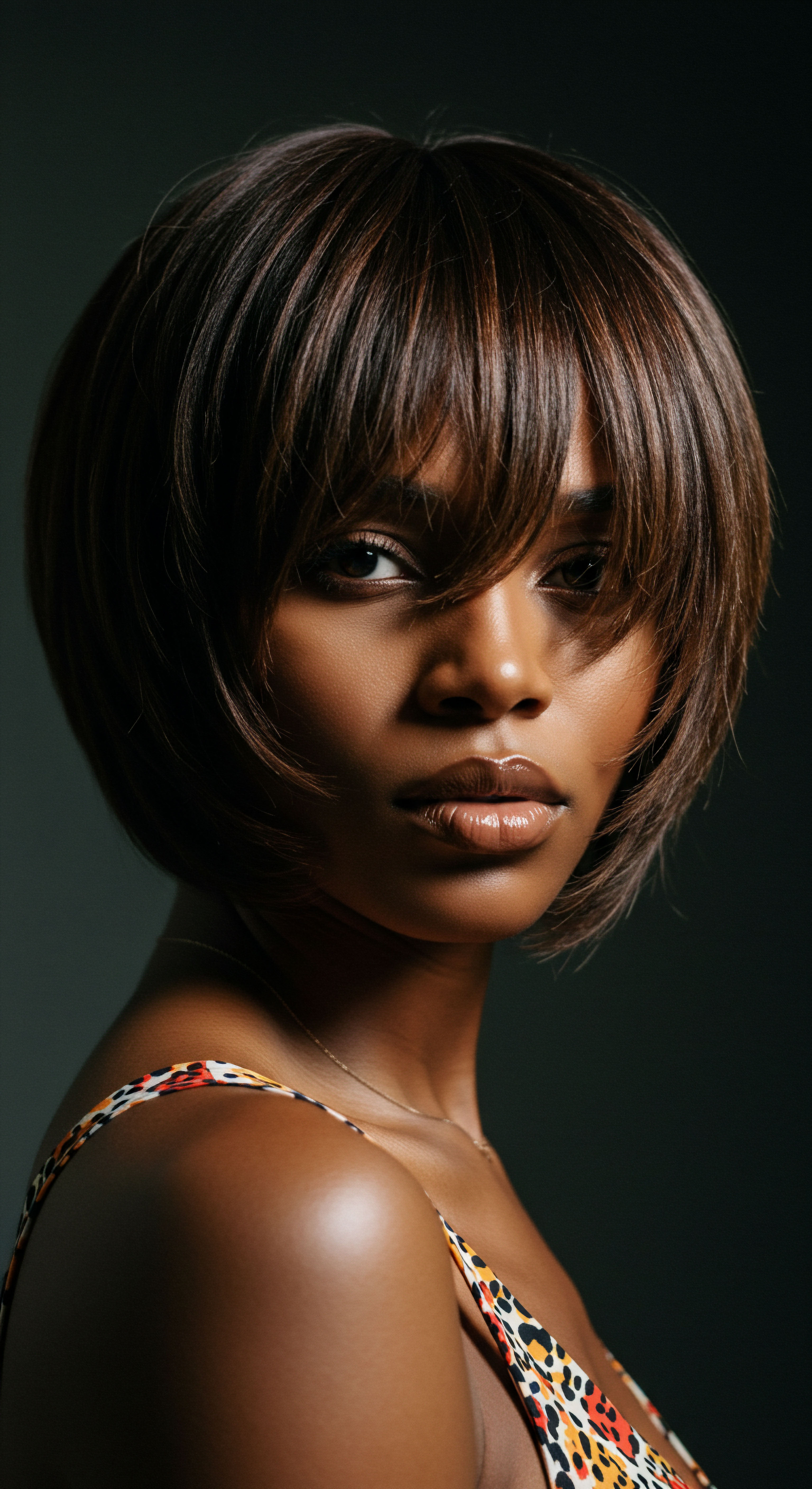
How Did Cultural Practices Influence Henna Application Techniques?
The techniques for applying henna to hair were deeply influenced by regional cultural practices, varying in method, purpose, and the accompanying ceremonies.
In some cultures, particularly those in North Africa, the application might have been a more straightforward process, focusing on the overall color and conditioning benefits for the hair. The paste might be applied liberally to the entire head, sometimes left on for extended periods to achieve a deep, rich hue. The focus here was often on the practical benefits of strengthening hair strands and providing a natural sheen, especially for older women seeking to color graying hair.
Conversely, in parts of India and Pakistan, while full hair application was common, the ceremonial aspect often extended to intricate body art (mehndi) for brides, where the hair was also prepared as part of a larger beautification ritual. The expectation was not just a color change, but a holistic enhancement of the bride’s appearance, symbolizing good fortune and fertility. The preparation might involve specific prayers or songs, turning the act into a sacred moment.
A notable example of cultural influence on application is the practice of “Night of Henna” ceremonies, common across the Middle East, North Africa, and South Asia, preceding weddings. While often focused on body art, hair preparation was an implicit or explicit part of these festivities. For instance, in Yemenite Jewish traditions, the bride’s hair would be done on the Wednesday before the wedding, often after a henna ritual. These events were not just about applying dye; they were elaborate social gatherings with food, music, and shared wisdom, solidifying community ties and preparing the individual for a new life stage.
The cultural context also dictated the specific additives used in the henna paste, beyond just water. As noted in the “Roots” section, ingredients like lemon juice, tea, or even specific oils were added, not only for their chemical interaction with the lawsone dye but also for their symbolic properties or regional availability. For example, the belief that the darker the henna stain, the stronger the bond in marriage, sometimes led to the inclusion of oils or other ingredients thought to deepen the color.

Traditional Tools and Techniques
The tools and techniques employed in henna hair application have remained remarkably consistent over centuries, emphasizing natural methods and hands-on engagement.
- Hand Application ❉ The most common and traditional method involved applying the henna paste directly with hands, often gloved to prevent excessive staining of the skin. This allowed for an even distribution across hair strands and the scalp.
- Combs and Brushes ❉ Simple wooden combs or natural fiber brushes might be used to help distribute the paste through longer hair, ensuring every strand received its coating.
- Protective Coverings ❉ After application, hair was typically covered with cloth, leaves, or a simple cap to keep the paste moist and allow the dye to develop fully. This also helped to contain the mess and maintain warmth, which could aid dye release.
The length of time henna was left on the hair varied greatly, from a few hours to overnight, depending on the desired color intensity and cultural practice. The process was often accompanied by specific songs, chants, or stories, transforming a simple act into a cherished cultural performance.

Relay
Beyond the visible act of application and the communal warmth of shared tradition, the story of henna for hair extends into deeper currents of cultural meaning, scientific understanding, and even societal friction. It is a story that defies simple categorization, reflecting the intricate interplay of belief, biology, and human adaptation across time. Here, we peel back layers, moving past surface observations to examine the profound connections and subtle complexities that have shaped henna’s enduring legacy.
The significance of henna in hair traditions stretches far beyond its immediate cosmetic result. It has been intertwined with concepts of purity, protection, and social identity. In some societies, the red hue imparted by henna was believed to ward off the “evil eye” or malevolent spirits, a protective shield for the wearer.
This protective aspect was particularly important during vulnerable life stages, such as marriage or childbirth, where henna adorned the bride or new mother, symbolizing a safe passage through liminal states. The transformation of the green powder to a red stain was itself seen as a symbolic metamorphosis, mirroring the individual’s transition.
The very presence of henna in various historical records—from ancient Egyptian mummies with their henna-stained hair and nails to mentions in Islamic hadith for beard dyeing—underscores its widespread acceptance and the deep reverence held for its properties. This historical continuity suggests a practical efficacy that stood the test of time, alongside its symbolic weight. Henna was not just a dye; it was a cosmetic cosmological tool, a way of making the sacred visible and communicating with higher powers.
Henna’s historical use for hair extends beyond color, embodying deep cultural meanings of protection, purity, and identity across diverse societies.
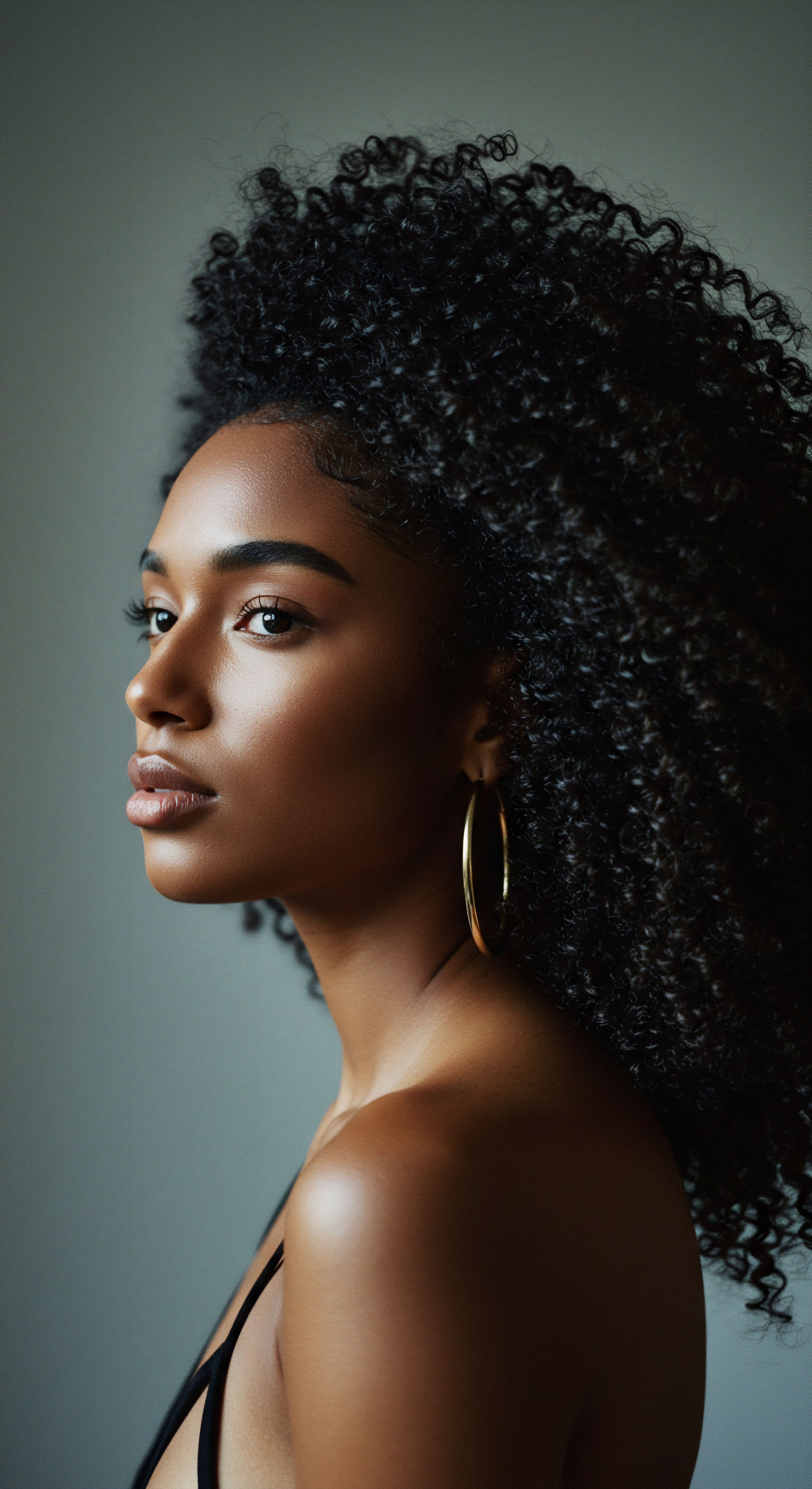
What are the Scientific Underpinnings of Henna’s Hair Benefits?
The historical reverence for henna’s hair benefits finds validation in contemporary scientific understanding. The key lies in lawsone, the reddish-orange dye molecule present in the plant’s leaves.
When henna paste is applied to hair, the lawsone molecule binds directly to the Keratin, the primary protein component of hair strands. This binding process creates a protective layer around the hair shaft, which offers several advantages:
- Strengthening and Conditioning ❉ The lawsone molecule, by binding to keratin, reinforces the hair structure, leading to stronger, less brittle strands. This natural conditioning effect leaves hair with a healthy sheen and improved texture.
- Antimicrobial and Anti-Inflammatory Properties ❉ Research has shown that henna possesses natural antimicrobial and anti-inflammatory qualities. When applied to the scalp, these properties can alleviate common issues such as dandruff and itchiness, often caused by fungal or bacterial imbalances.
- UV Protection ❉ Lawsone also provides natural UV protection to hair, safeguarding it against environmental damage from sun exposure. This protective layer remains effective even after the visible stain on the skin fades, suggesting a lasting benefit for hair integrity.
The historical observation of henna’s ability to prevent hair loss or premature graying, as mentioned in Ayurvedic texts, aligns with its strengthening and scalp-health benefits. A healthier scalp environment and reinforced hair strands naturally contribute to better hair retention and overall vitality.
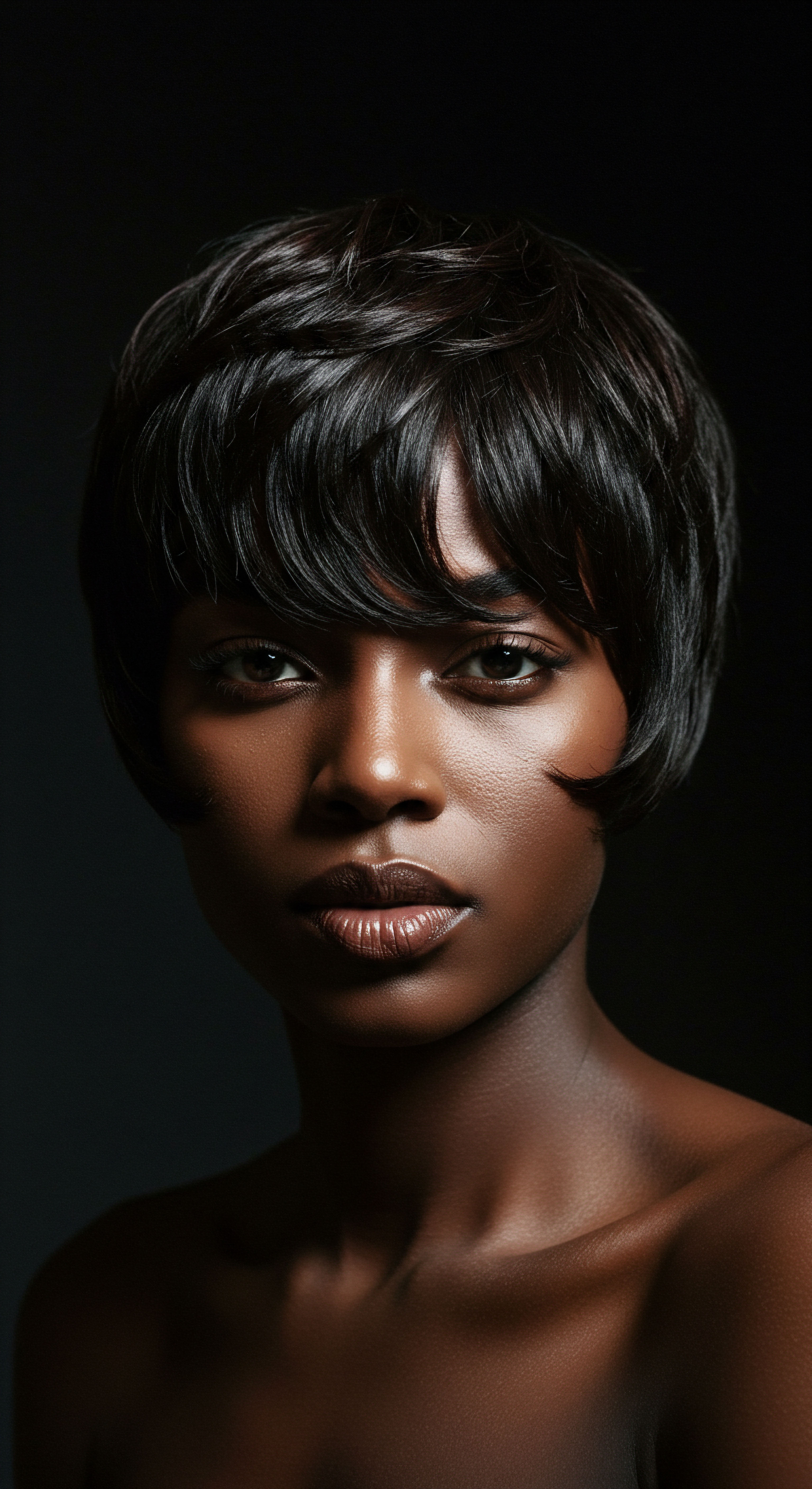
How Has the Perception of Henna for Hair Shifted across Cultures and Eras?
The perception of henna for hair has undergone fascinating transformations, reflecting broader societal changes and cultural exchanges. Initially revered for its medicinal properties and symbolic significance, its cosmetic appeal grew, leading to diverse interpretations and applications.
In ancient times, henna was often seen as a sacred substance, its use deeply intertwined with spiritual beliefs and rites of passage. Its cooling properties were as valued as its coloring abilities. The idea of it warding off evil or bringing blessings was a primary driver for its application during significant life events.
With the advent of colonial routes and increased global trade, particularly in the 19th century, henna made its way to Western societies. Here, its perception began to shift. Inspired by Orientalist art and the romanticized depictions of “exotic” women, Western women, particularly those connected to aesthetic movements, began to use henna to achieve vibrant red hair shades. This marked a transition from a primarily cultural and medicinal substance to a fashion statement, signaling wealth, culture, and a bohemian inclination.
However, this Western adoption also introduced challenges. The rise of synthetic hair dyes, particularly after the invention of PPD (para-phenylenediamine) in 1863, led to a decline in henna’s popularity in the West, as chemical dyes offered faster, more predictable results and a wider color palette. This period also saw the unfortunate rise of “black henna,” which often contained PPD and caused severe allergic reactions, unjustly tarnishing the reputation of pure, plant-based henna. This commercial adulteration created a perception of henna as potentially dangerous, a significant deviation from its historical understanding as a safe, natural product.
Despite these shifts, in its traditional regions, henna continued to hold its cultural and ceremonial value, even as modern influences crept in. Today, there is a global resurgence of interest in natural and sustainable beauty practices, bringing henna back into the spotlight for its chemical-free benefits. This contemporary appreciation often bridges the gap between its historical cosmetic use and a renewed understanding of its holistic benefits for hair health.
| Era or Region Ancient Egypt |
| Primary Perception Sacred, Protective, Cosmetic |
| Key Attributes Vitality, protection, cooling, afterlife preparation |
| Era or Region Middle East/North Africa (Traditional) |
| Primary Perception Ritualistic, Symbolic, Protective |
| Key Attributes Blessings, warding off evil, rites of passage, social bonding |
| Era or Region South Asia (Traditional) |
| Primary Perception Auspicious, Ceremonial, Aesthetic |
| Key Attributes Love, joy, prosperity, good luck, artistic expression |
| Era or Region 19th Century Europe |
| Primary Perception Fashionable, Exotic, Aesthetic |
| Key Attributes Wealth, culture, bohemian style, red hair trend |
| Era or Region Modern Global Context |
| Primary Perception Natural, Holistic, Sustainable Alternative |
| Key Attributes Chemical-free, conditioning, scalp health, cultural heritage |
One particularly telling aspect of this shifting perception, and one that challenges common narratives, is the historical oversight of women’s contributions to henna knowledge. According to research by Catherine Cartwright-Jones, henna and mehndi were not extensively studied as cultural expressions in the past because most anthropologists and writers were men, who often did not have access to or recognize “what is essentially a women’s art”. This historical bias means that much of the lived experience, the nuanced application techniques, and the oral traditions surrounding henna, particularly its use for hair within intimate female spaces, may have gone unrecorded or undervalued in academic texts for a long time. The traditional knowledge passed down through generations of women, often within the private sphere of homes and female gatherings, represents a significant, yet historically underrepresented, data point in the broader history of henna.
The emphasis on male-centric historical accounts overlooks the profound impact and sustained evolution of henna practices within female communities, where the plant’s benefits for hair were meticulously observed, adapted, and celebrated for millennia. This quiet, persistent practice, often dismissed as mere domestic beautification, stands as a testament to the enduring, yet often unsung, ingenuity and wisdom of women in preserving and developing this ancient tradition.
The journey of henna’s perception for hair spans from ancient sacred practice to a modern global beauty choice, shaped by evolving cultural values.
This historical oversight is a powerful reminder that narratives of tradition are often shaped by who is doing the telling. The quiet, consistent application of henna by women for hair health, passed down through generations, often lacked the formal documentation of male-dominated scholarly pursuits. This makes the continued practice and oral histories of henna all the more precious, as they represent a direct link to a knowledge base that resisted formal capture, yet persisted through its practical value and cultural significance.
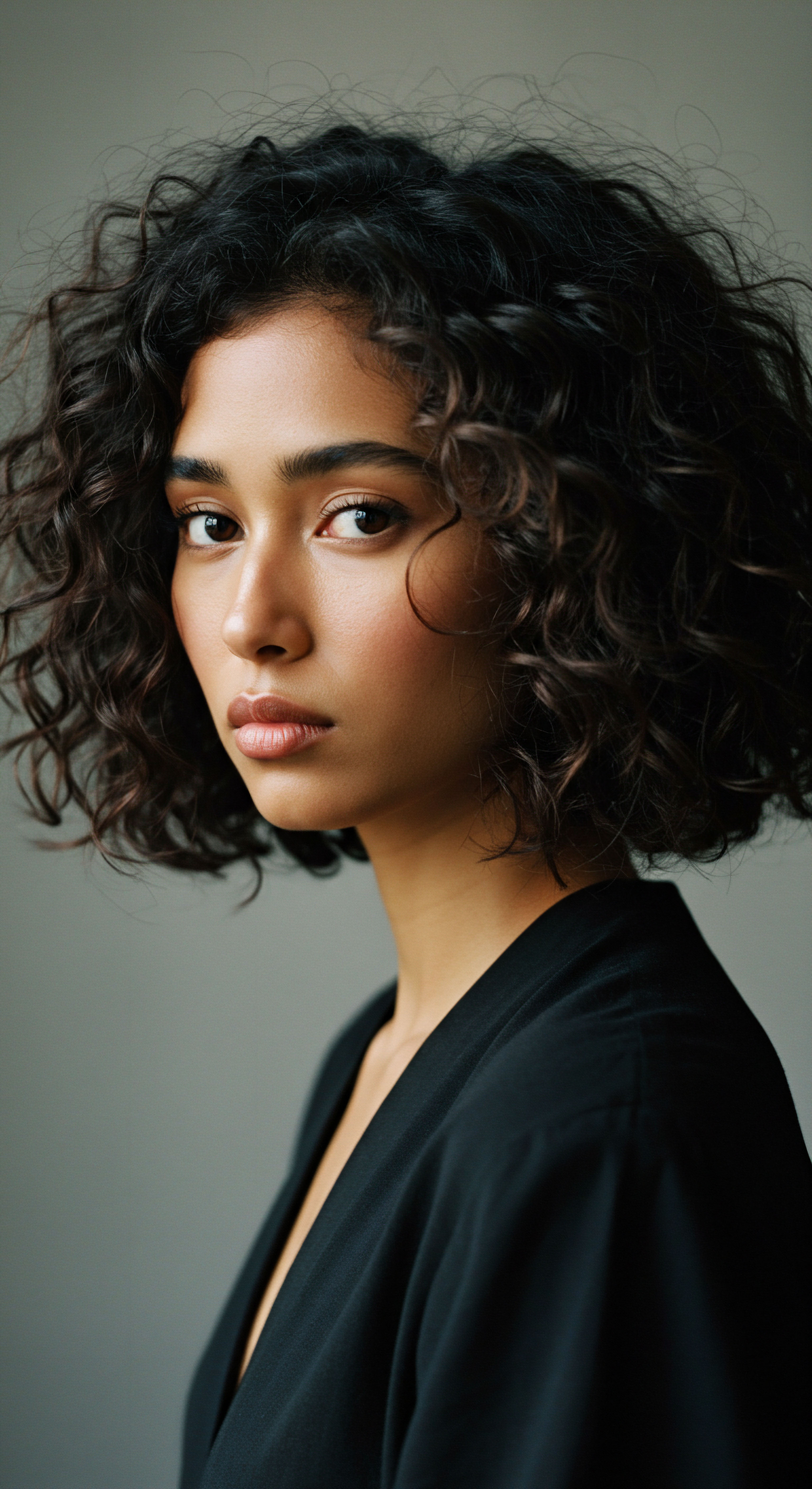
Reflection
As we draw our exploration of henna’s rich history for hair to a close, a gentle understanding settles upon us. This plant, so unassuming in its raw form, has journeyed through millennia, adorning, protecting, and connecting countless individuals across continents. It stands not merely as a dye, but as a living testament to human ingenuity, cultural resilience, and the enduring quest for beauty that honors both body and spirit.
The whisper of its leaves, transformed into a paste, carries echoes of ancient rites, shared laughter, and quiet moments of self-care. In every strand it touches, in every scalp it soothes, henna reminds us that true radiance often arises from a deep respect for our origins and the timeless wisdom of the earth.
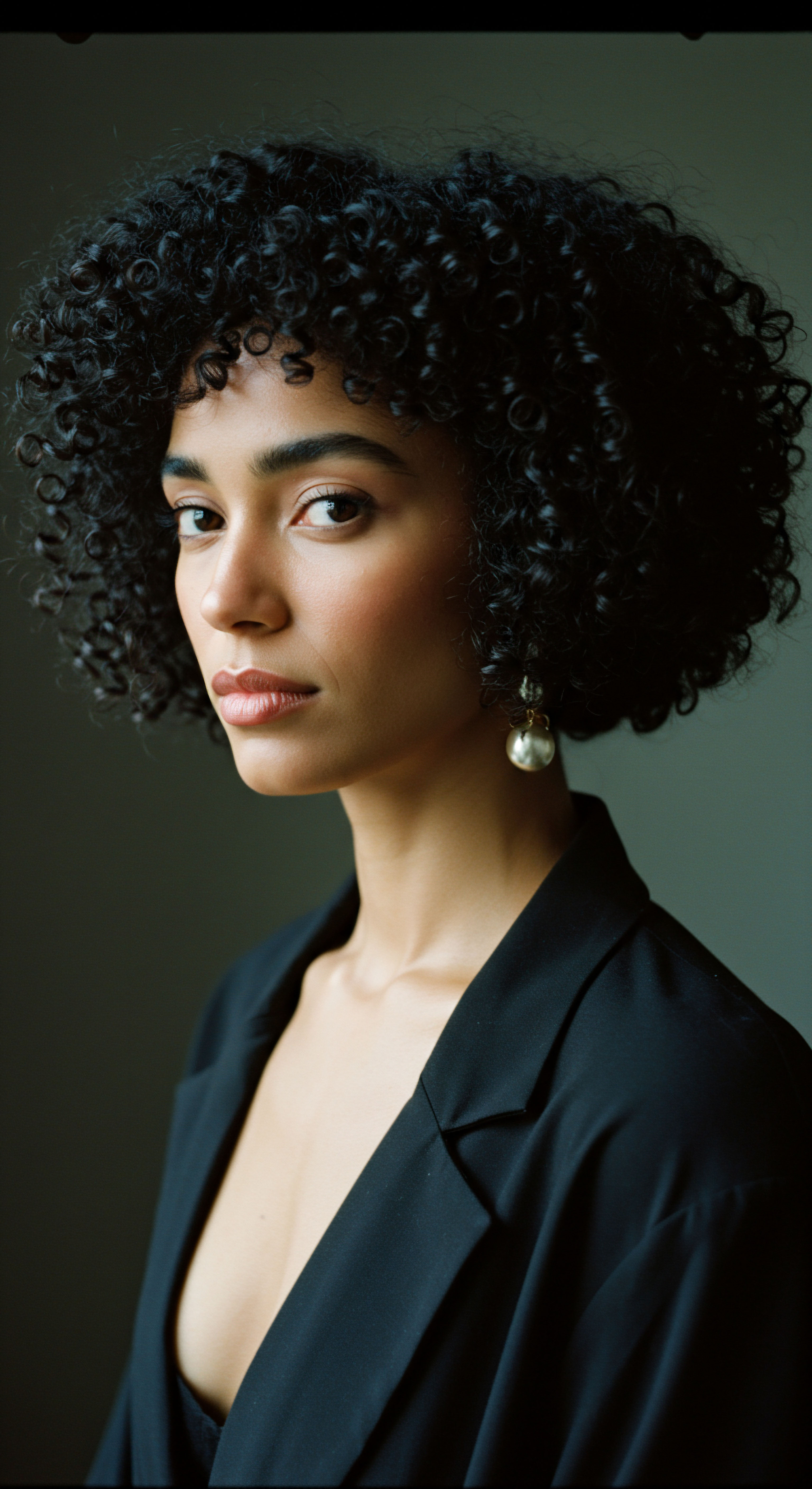
References
- Al-Jawziyya, I. Q. (1998). Medicine of the Prophet. Translated by P. Johnstone. Dar Al-Kotob Al-Ilmiyah.
- Cartwright-Jones, C. (2005). Henna ❉ Its History and Cultural Significance. Henna Page.
- Humphrey-Newell, D. M. (2007). Henna ❉ Uses of It in the Middle East and North Africa. Paper presented at the 41st Annual Meeting of the Middle East Studies Association of North America.
- Kelly Spurles, P. L. (2002). Henna for Brides and Gazelles ❉ Ritual, Women’s Work, and Tourism in Morocco. University of Montreal.
- Sharaby, R. (2012). The Bride’s Henna Rituals ❉ Symbols, Meanings and Changes. Journal of Ritual Studies, 26(2), 53-70.
- Sienna, N. (2018). A Rainbow Thread ❉ An Anthology of Queer Jewish Texts from the First Century to the 21st Century. Print.
- Singh, S. (2011). Herbal Hair Dye ❉ A Brief History. Lustrous Henna.
- Zoya, I. (2023). The Intricacies of Henna’s History and Cultural Significance. Aramco Expats.